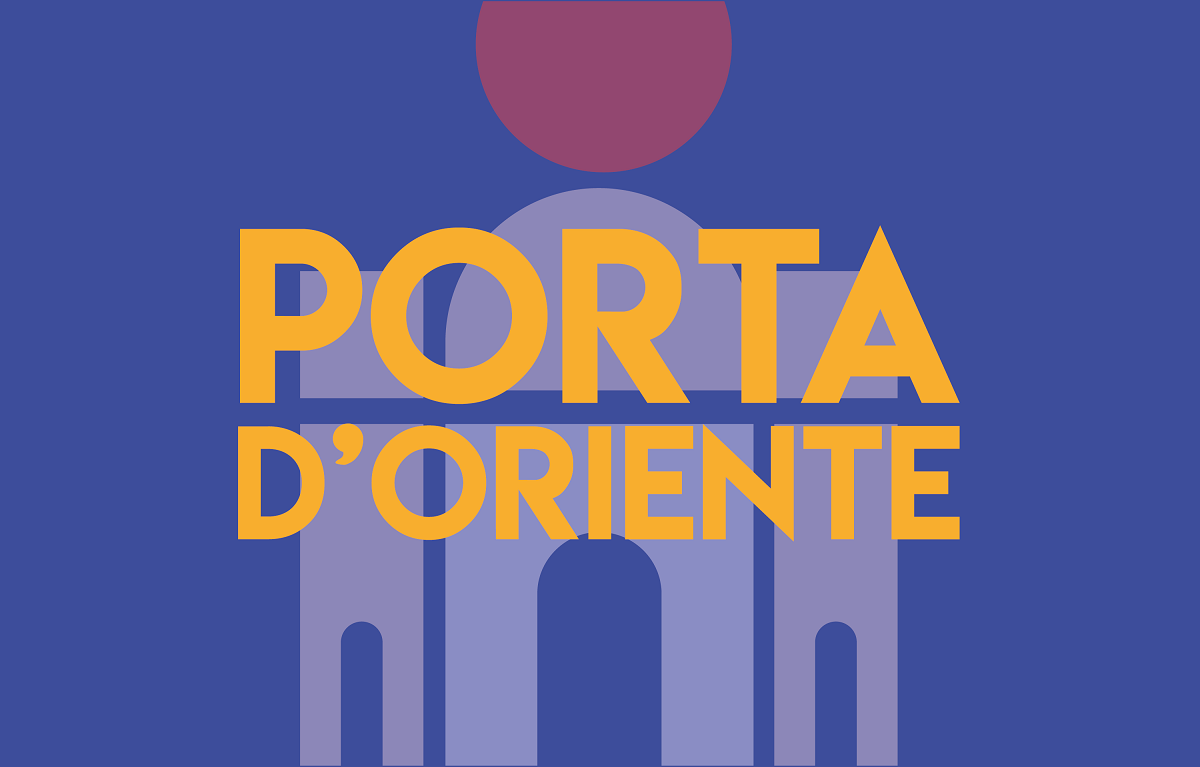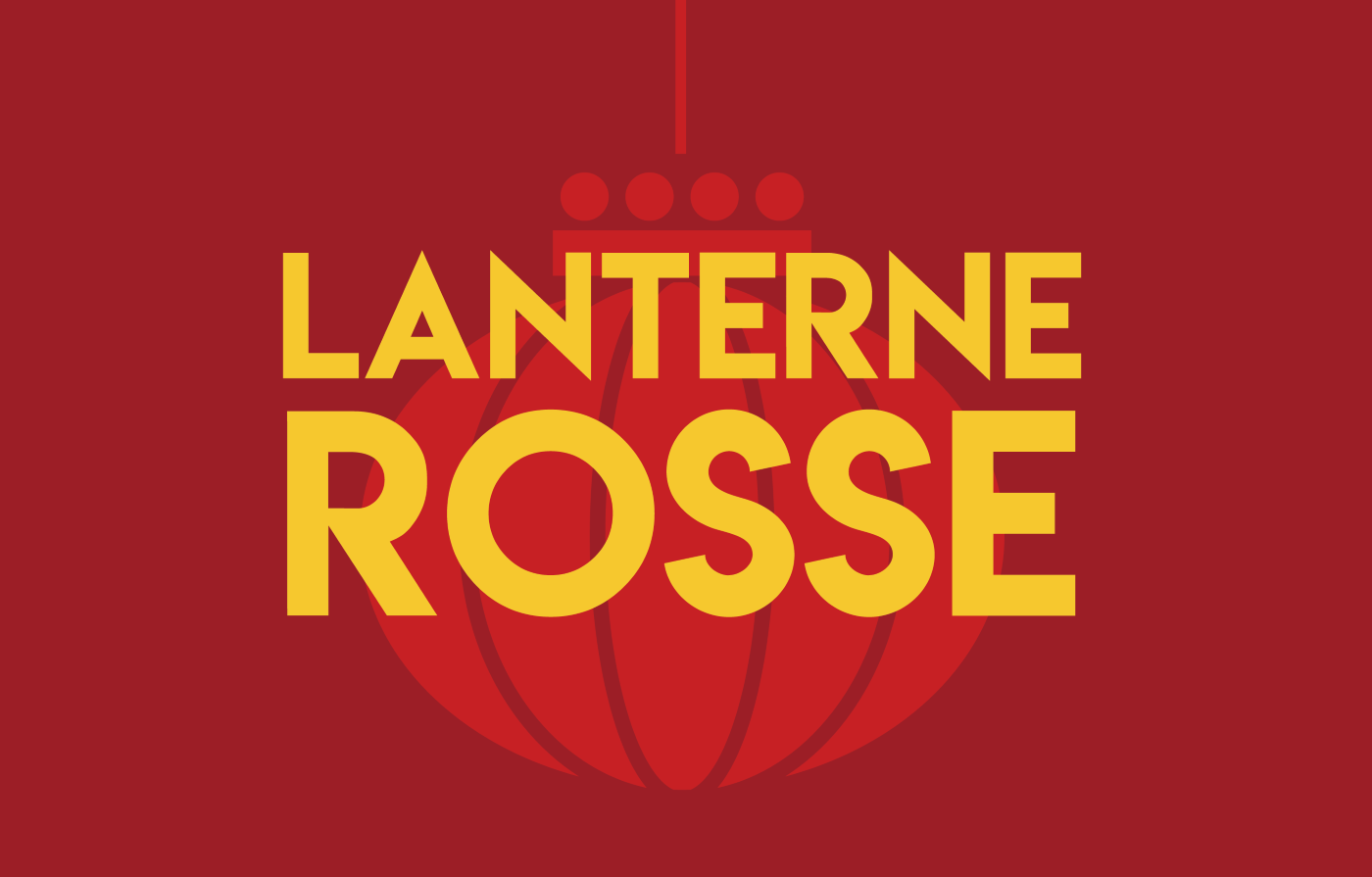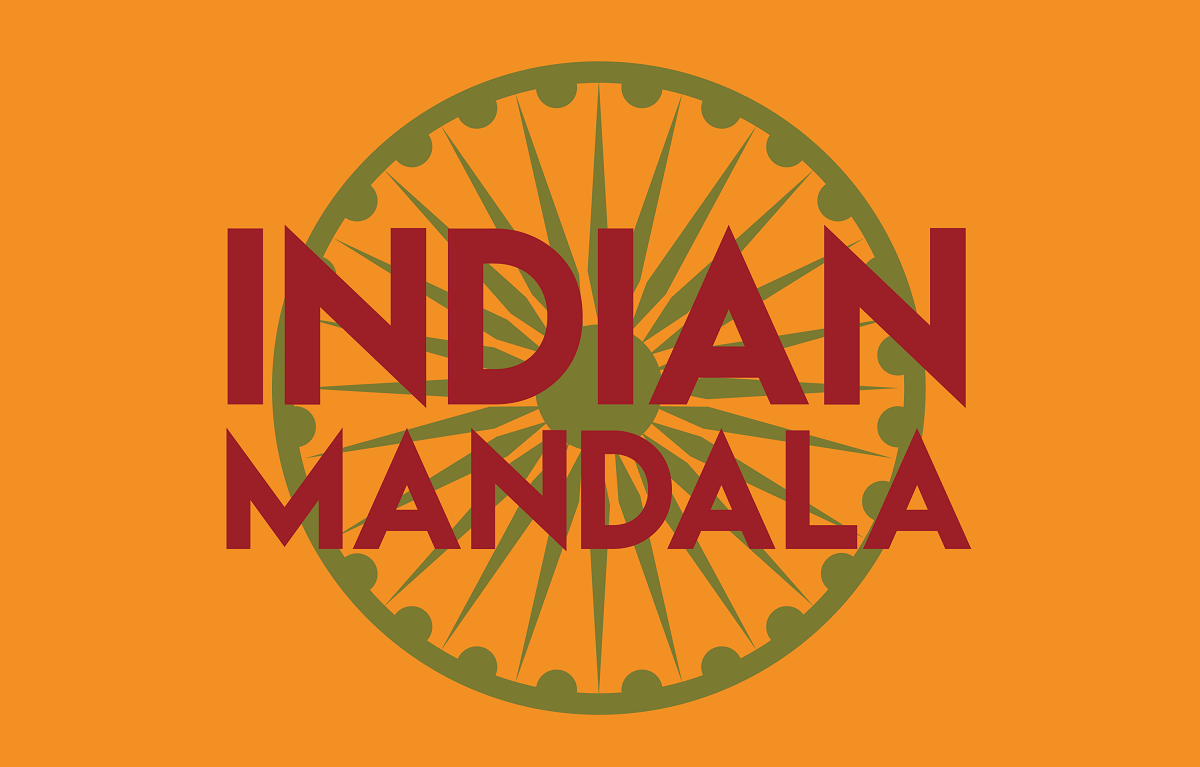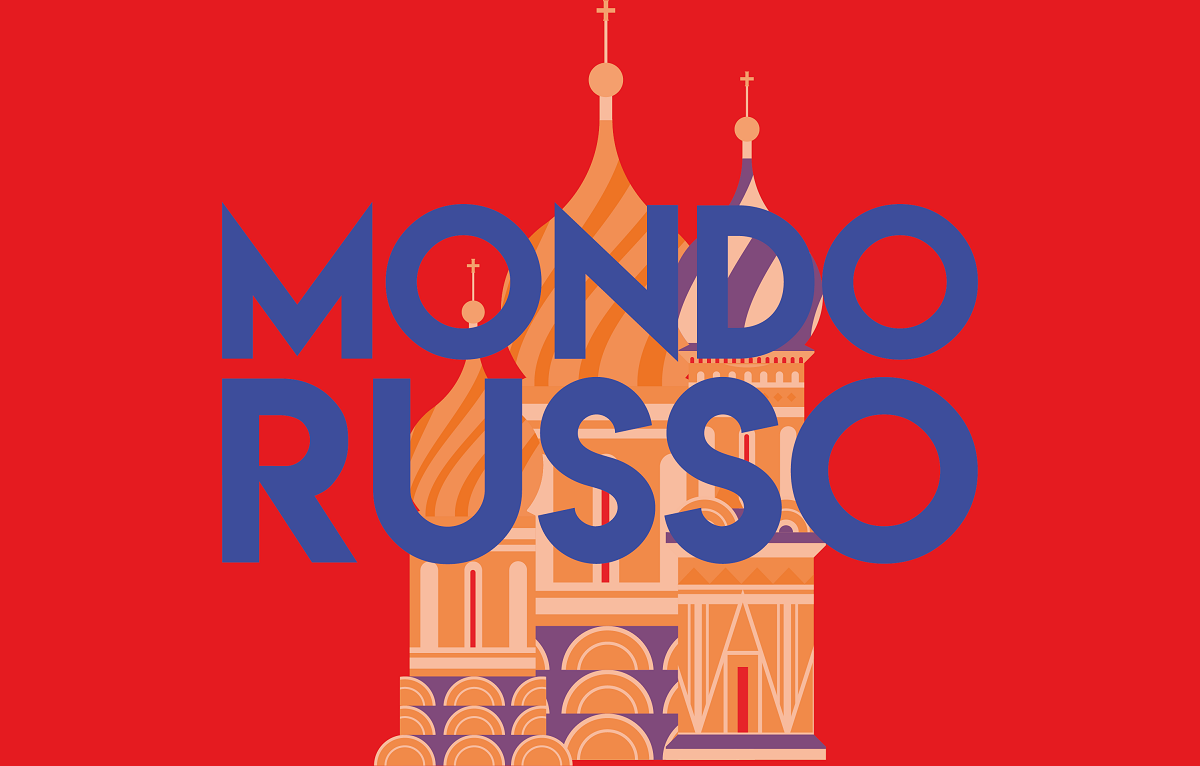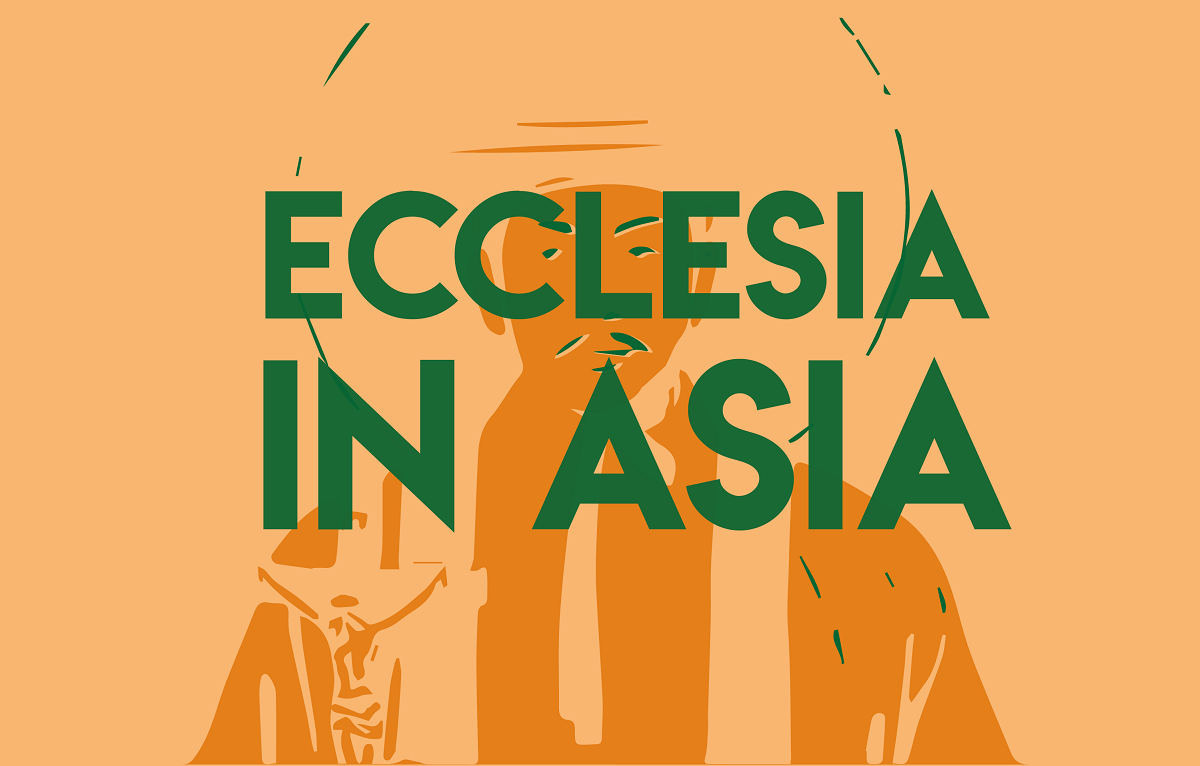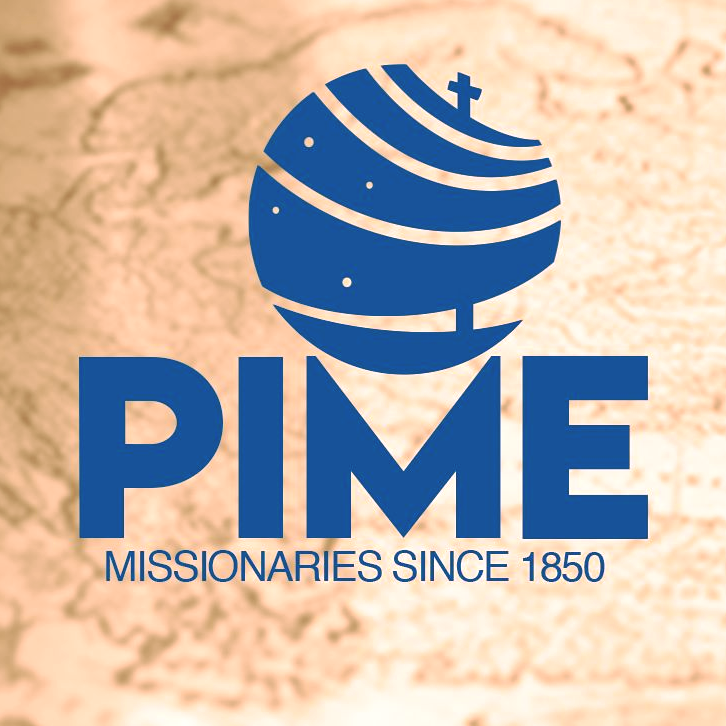Russia, the Nicene Faith and the need for peace dialogue
Moscow recently marked the 1,700th anniversary of the first Ecumenical Council when the profession of faith was drafted. Coincidentally, Putin and Pope Leo XIV spoke on the phone, providing an opportunity to renew the dialogue between the Church of Rome and the Russian Orthodox Church. Like in the 4th century AD, after the end of the persecutions, the challenge today for the bishops of the East and West is to show modern emperors a truth greater than any claim to dominion.
Orthodox Churches do not celebrate the Jubilee of Hope together with the Catholics, which follows the timetable of the great celebrations of the Latin Catholic tradition, and have never been adopted by the Orthodox, except in the case of millennia.
This year, however, unites everyone with the great event of the 1,700th anniversary of the first Ecumenical Council of Nicaea, when the first version of the Symbol of Faith shared by all Christian confessions was given, which the Orthodox attribute particularly to their own tradition, since it was proclaimed in Constantinople, the place where the “second Rome” was emerging.
The Patriarchate of Moscow also solemnly celebrated this anniversary, as a Church directly born from the Byzantine tradition, making it a “Nicene-Constantinopolitan” Church, even though it was created almost seven centuries after the Council of Nicaea, and more than two centuries after the last of the great councils of the patristic era, the Second Council of Nicaea in AD 787.
Russia was evangelised in the first millennium, with the choice of the baptism of Constantinople after the “investigation of faiths” narrated by the ancient chronicles, exalting the “great beauty” of the Byzantine rite and tradition.
A century earlier, at the time of Patriarch Photius of Constantinople, disputes had developed precisely over the Nicene Creed, with the accusation that the Latins had distorted the profession of faith by adding the Filioque, the procession of the Holy Spirit from the Son as well as from the Father, also seen as an attempt to subordinate to the “papist power” the free dissemination of the gifts of the Spirit, in centuries of monasticism as the main expression of the ecclesial body.
The “New Christians” of Kievan Rus’ did not inherit the dogmatic subtleties of the Byzantine-Latin confrontation, and in ancient Russian chronicles the Latins are condemned with confused arguments about “satanic rites” in which Catholic priests are seen as trampling on crosses and uniting with several wives.
The controversy over the formulations of faith remained in the background, and, at the end of the 11th century, the Russians joyfully welcomed the news of the transfer to Bari of the remains of Saint Nicholas, the bishop of Myra of Lycia who, according to tradition, had participated in the Council of Nicaea, an event that the Greeks deemed as one of the most serious insults by the Latins against the ancient Eastern Churches.
Even today the Russians celebrate "Spring Nicholas" on 8/21 May, even recognising that it was a "swindle by the Latins", when in fact it is the feast of the patron saint of Rus', testimony to a shared faith.
Moscow Patriarch Kirill (Gundyaev) presided over the ceremony marking the anniversary of the opening of the first great council in AD 325, convened by Constantine in the hope of using the Christian faith to support the ideology of the deification of the emperor, near the construction sites of the New Rome, on 1 June (20 May according to the Gregorian calendar).
He stressed that 318 bishops had come to Nicaea “from all parts of the Christian world,” obviously almost all from the East, with a few Latin emissaries, and certainly not the bishop of Rome.
Kirill mentioned the Arian heresy that “sought to rationalise faith and reduce the great mystery of godliness to an abstract philosophical doctrine,” quoting a great Russian Church historian, Vasily Bolotov, who explained how “the symbol of Nicaea was so precise that it was impossible to interpret it in any other way – one could only accept it or reject it.”
The patriarch explained that “the history of the Church is not just academic research on past events and traditions buried in a distant time, like yellowed pages of a dusty book.” The study of these ancient events must “help us better understand contemporary religious life, distinguishing what is important from all that is secondary.”
The Holy Spirit “teaches the Church to respond to the challenges of her time with a communal reason (sobornaya) in fraternal dialogue”. What happened since the first council of the apostles in Jerusalem, insists Kirill, and in that of Nicaea in AD 325 with the “dogmatic victory” over the heretic Arius, must be an example “until the end of time”.
And so today, “when world Orthodoxy is going through a period that is anything but simple, a deep theological understanding of ecclesial problems is needed”, and again it is necessary to beat witness faithfully to the apostolic doctrine and to the canonical principles that are “the pillar and foundation of truth”, as the great theologian Pavel Florensky put it, in the “unity of spirit through the bond of peace”, insists the patriarch quoting from the letter of Saint Paul to the Ephesians (4,3).
Patriarch Kirill’s statements are certainly not surprising for their content, linked to the conciliar anniversary, but rather for the references to ecclesial dialogue in a universal perspective, which seems to open a new phase in relations between Christians of different confessions, including Catholics.
Three days after this relative “overture”, perhaps only by coincidence, a telephone conversation took place between Pope Leo XIV and President Vladimir Putin, in which the “tsar” conveyed to the pontiff, Patriarch Kirill’s good wishes for the beginning of his pastoral ministry, as the Kremlin press office was keen to report.
The pope himself expressed the desire for “the continuation of the important dialogue of the Roman Catholic Church with the Russian Orthodox Church”, precisely in the conciliar spirit (soborny according to the version reported by Moscow).
Of course, Putin took advantage of this opportunity to defend Russian interests, emphasising the “violations of the rights of believers of the Ukrainian Orthodox Church” linked to Moscow, which met in recent days in a synodal assembly, effectively maintaining its ties with the Moscow Patriarchate and challenging the authorities in Kyiv, bent on suppressing the “hostile” jurisdiction of the Ukrainian Orthodox Church (UOC).
The Russian president expressed the desire that “the Holy See actively work to support the freedom of religion in Ukraine,” although in this case it is certainly not a question of dogmatic subtleties or different interpretations of conciliar formulations, but rather a load of enmities accumulated in the complex history of relations between Moscow Orthodox and Kyiv Orthodox.
During the conversation, Pope Leo thanked Patriarch Kirill for his “warm wishes,” stressing that “shared Christian values can be a light that helps to seek peace, defend life, and pursue genuine religious freedom,” as the Holy See spokesman, Matteo Bruni, said in a press release.
The reference to values is certainly not pleonastic, since it is the most insistent motivation with which Russia justifies its initiatives towards Ukraine and the West as a whole, and determines new possibilities of dialogue with the successor of Pope Francis, who focused mainly on humanitarian aspects.
With the American Pope, the Russians feel they can turn to an interlocutor of a “dogmatic” level, pointing to the new “heresies” of betrayed values as the topic of a new conciliar path.
The message passed on by the patriarch to the pontiff therefore expresses the hope that relations between Rome and Moscow "can develop more and more to bear witness together to faith in Christ, and the manifestation to humanity of an everlasting beauty of existence, founded on the divine commandments.”
Kremlin spokesman Dmitry Peskov added that, “Until now, however, there had been no contact between Putin and the Pope. Putin took this opportunity to congratulate the Pope on his election at the conclave,” thanking him for undertaking this initiative "in an attempt to contribute to solving the conflict with Ukraine".
Previous humanitarian mediations were not considered. Rumours about a possible meeting between Russian and Ukrainian delegations in the Vatican, therefore, appear to be based on key and detailed diplomatic initiatives, not only on rumours from the corridors of power or the international media.
The pope, for his part, asked Putin to make “a gesture that would favour peace", first and foremost regarding the release of prisoners.
The telephone conversation itself appears to be a sign of a possible turning point in the endless and futile series of declarations and meetings, due largely to US president Donald Trump playing prima donna, which so far has only allowed the two sides to reorganise and prepare for their respective offensives on the ground.
Dialogue under the gaze of the Church brings us back to the age of the ancient councils, when political and social enmities were certainly not unheard, since even then the dogmas of faith were confronted with the principles and ideologies of power.
As in the 4th century AD, after the end of the persecutions, the bishops of the East and West were able to show the emperors a truth greater than any claim to dominion. Even today, as in ancient times, the Churches of Rome, Moscow, Constantinople and the whole world can show that there is a way to achieve peace between peoples and rebuild destroyed civilisations.
RUSSIAN WORLD IS THE ASIANEWS NEWSLETTER DEDICATED TO RUSSIA. WOULD YOU LIKE TO RECEIVE IT EVERY SATURDAY? TO SUBSCRIBE, CLICK HERE.
10/05/2018 10:23





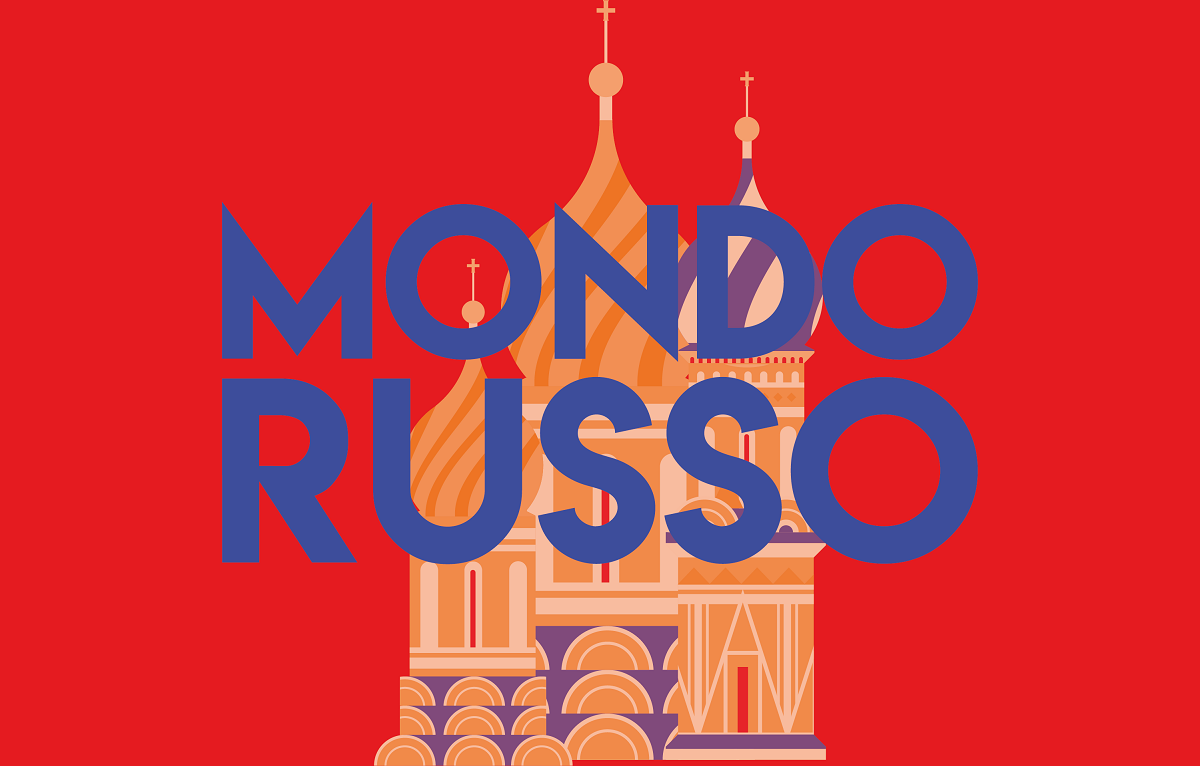

.png)
